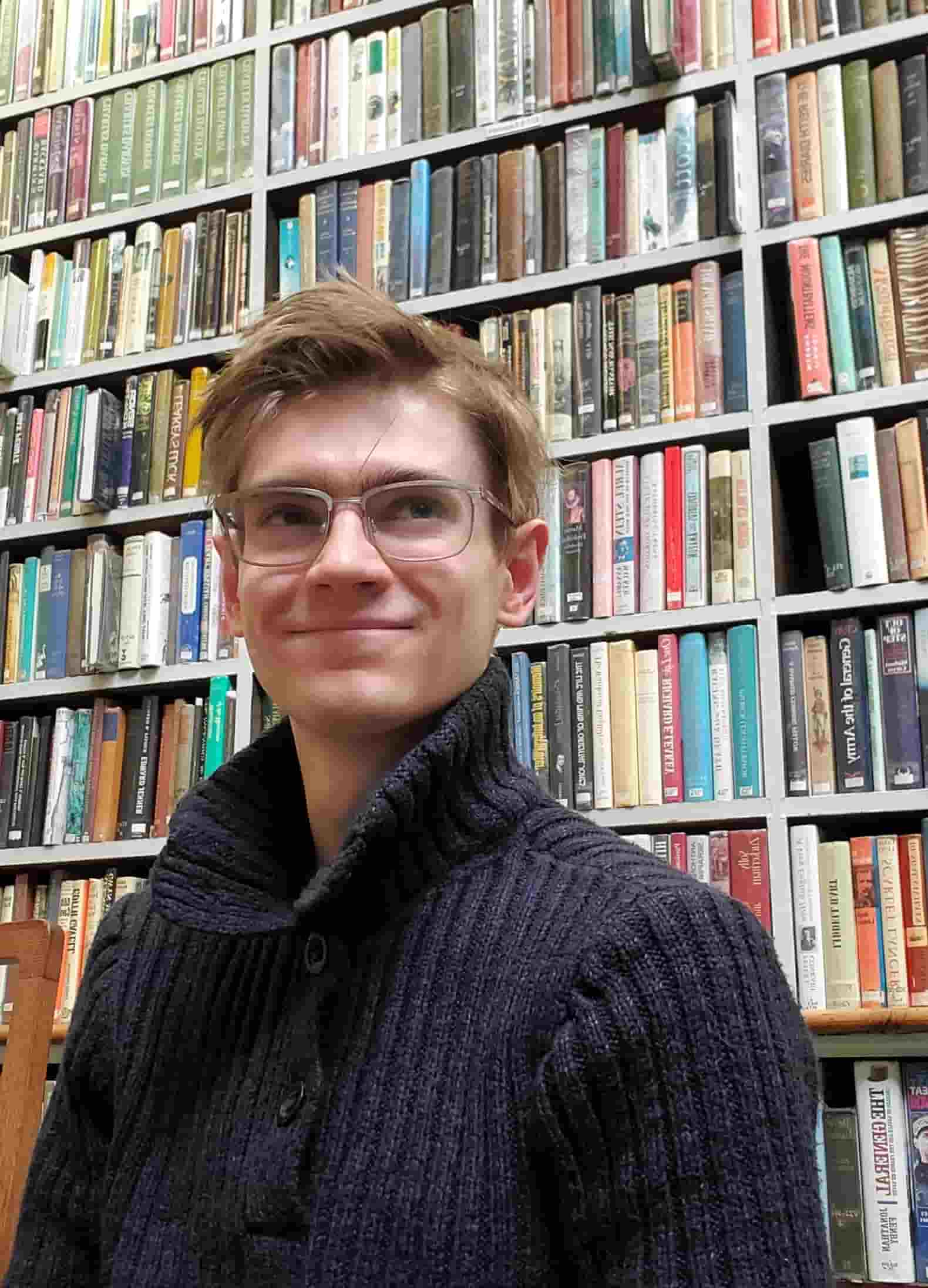Staff profile
Tom Parker
Research Postgraduate - Advanced Materials and Electronic Devices Node

| Affiliation |
|---|
| Research Postgraduate - Advanced Materials and Electronic Devices Node in the Department of Engineering |
Biography
I graduated with Masters in Physics (MPhys) from Durham University in 2021, where my masters project had focused on modelling drift-diffusion carrier transport, generation and recombination in Ferroelectric materials. I thoroughly enjoyed this project and learned a lot about the potential of next generation solar technology, and this experience, combined with a strong interest in renewable energy and the challenges facing the energy sector, led me to apply for my current CDT position with RENU at Durham.
My project, titled “Earth Abundant Transparent Conductors for Next Generation Photovoltaics”, will see me utilising a combination of computational and experimental techniques to develop understanding of charge transport in polycrystalline, thin film semiconductors, and help determine the potential of new materials for use as transparent conductive electrodes in photovoltaic applications. I am delighted at this opportunity to learn from and contribute to such an important field, with the added experience that will come with the RENU program, and I’m looking forward to working with my supervisors, Dr Iddo Amit and Professor Dagou Zeze.
In my spare time I am an enthusiastic musician, having previously held a Bass scholarship at Durham Cathedral, and I sing and play frequently with a number of university ensembles. I like to think my interest in music is a symbiotic one with my scientific pursuits, helping maintain a creative approach to my studies and reinforcing the team skills that I use to work with others!
Research Project
Thomas Parker: Earth Abundant Transparent Conductors for Next Generation Photovoltaics
Supervisors: Dr Iddo Amit, Prof Dagou Zeze
The international goal of keeping global temperature rise to well below the 2 degrees Celcius threshold requires accelerating the uptake of low-carbon and renewable methods of energy generation. It is expected that Photovoltaic technology, having already demonstrated notable industry success, will make up a considerable proportion of this new energy mix. The rate of uptake of this technology has been considerable, but a number of challenges remain to further accelerating sector growth.
A key consideration in the development of Photovoltaic technology is the technology used as the top electrode. Commercial Silicon cells have typically used silver nanowires for this purpose, which boast a high conductivity but introduce shotkey junctions and parasitic absorption, both hampering performance. An alternative often present Thin-Film applications across Optoelectronics is Sn-doped Indium Oxide (ITO), a highly conductive and optically transparent semiconductor. Although robust and amenable for deposition this technology suffers from the associated high cost of Indium, often providing a limiting factor on the overall cost of the device. There are also a number of ethical concerns over the extraction of Indium which must be considered as we attempt to make the green transition an ethical one.
While a number of alternative such thin-film transparent conductors exist, there has been very little transition away from ITO as the dominant material in the industry, partly due to issues of reliability and the cost of a transition. Many alternative materials, such as other post-transition metal oxides, lack ITO’s consistency across many applications. However, there is also substantial difficulty in choosing potential materials to investigate, as the bulk characteristics of these materials are often very different to that of their thin-film and polycrystalline phases, leading to quite different charge-transport behaviour.
My project is therefore pursuing methods to quantify the electrode characteristics of candidate transparent conductors. This will involve development of statistical models of charge transport through polycrystaline semiconductor thin-films, and experimental measurement (AFM/KPFM, SEM) of the structure of candidate transparent conductors, to help determine their potential for use in next-generation photovoltaics.

